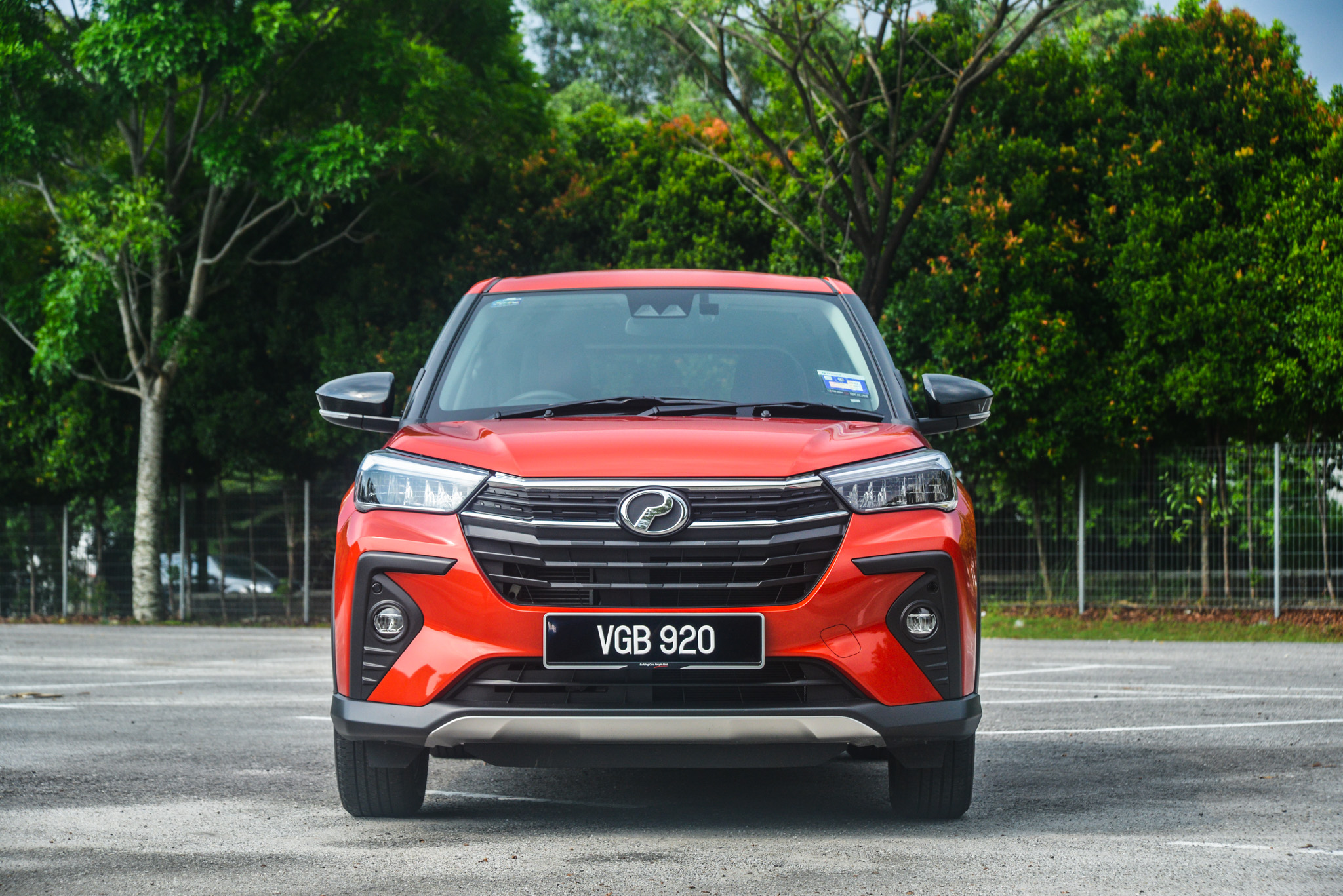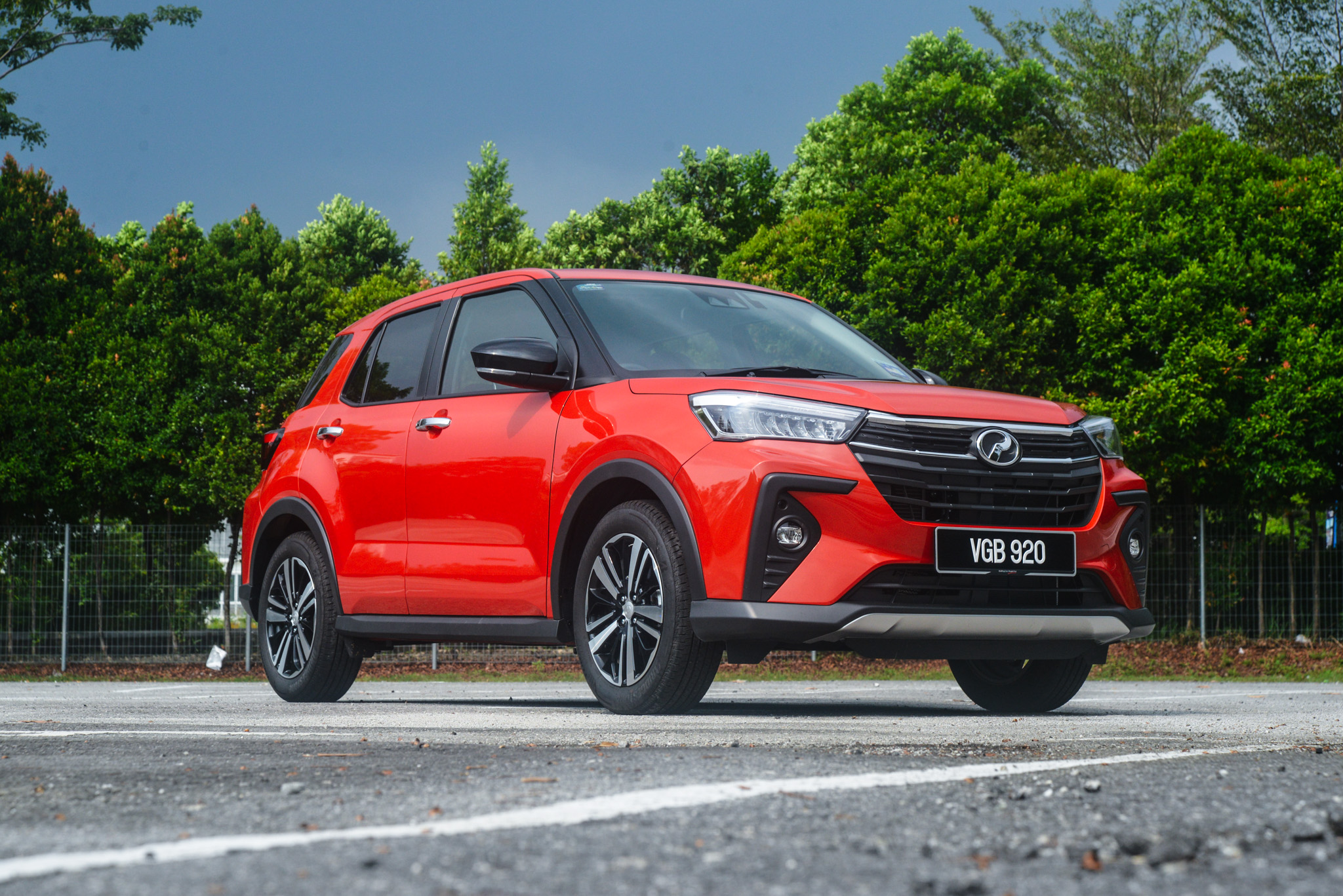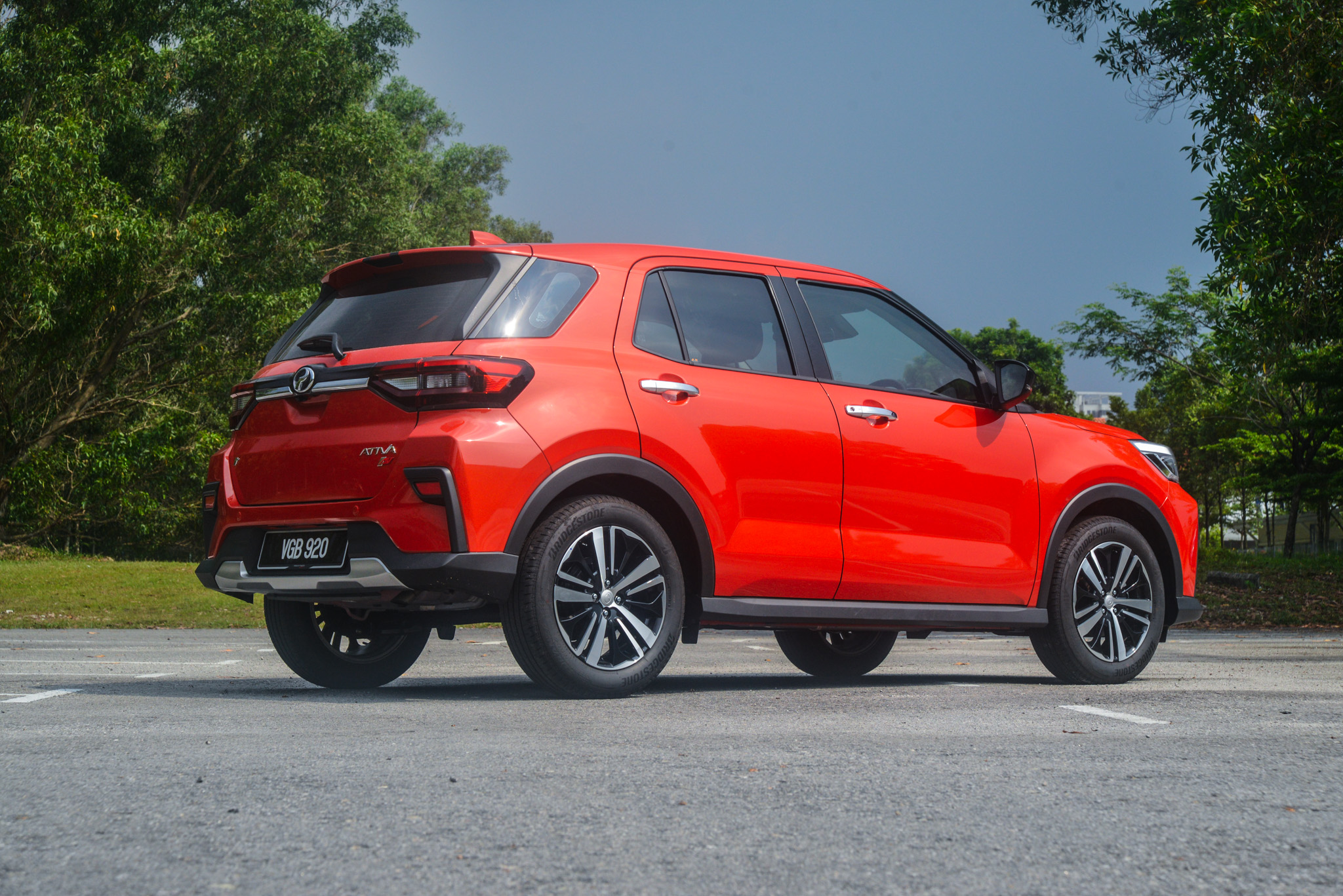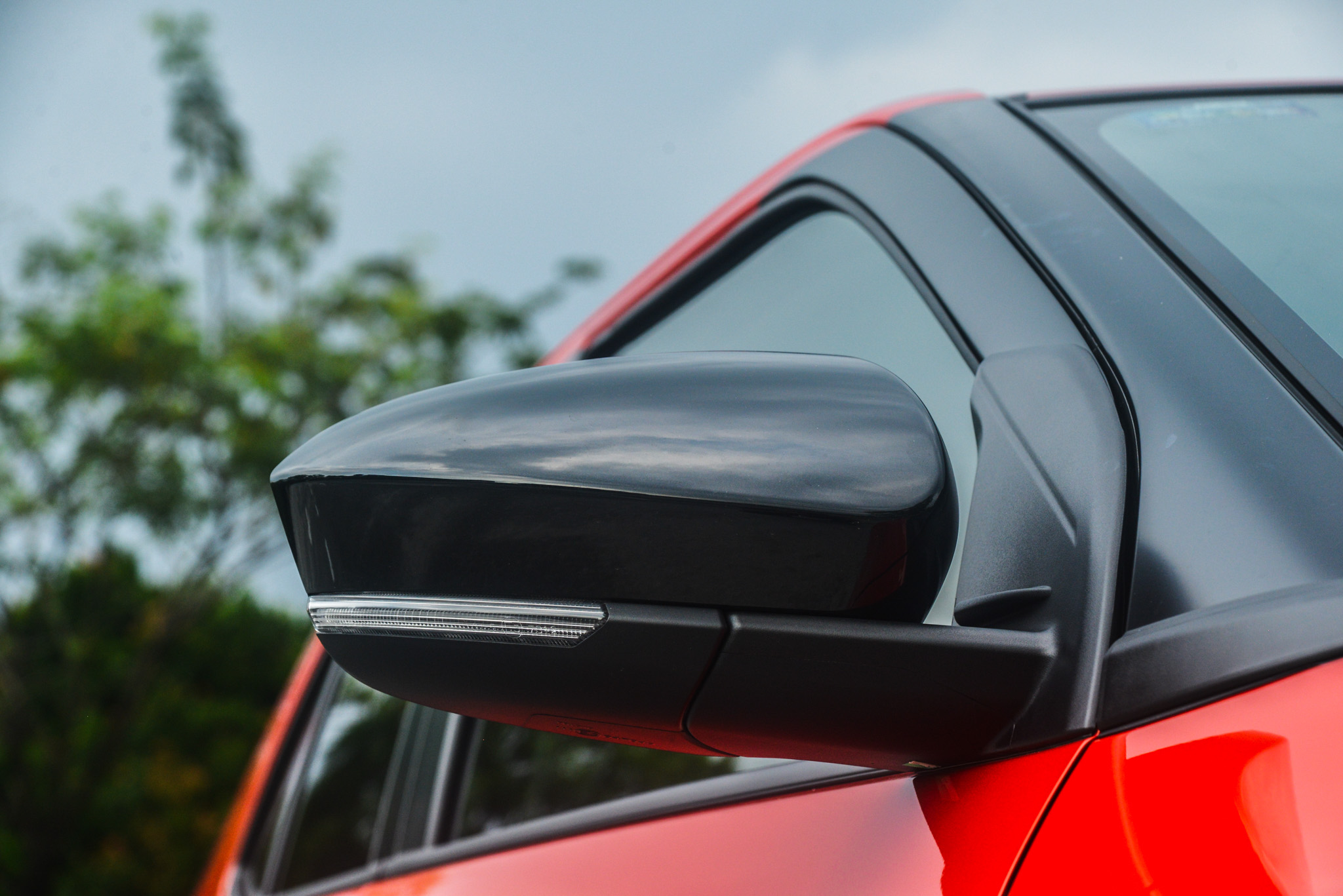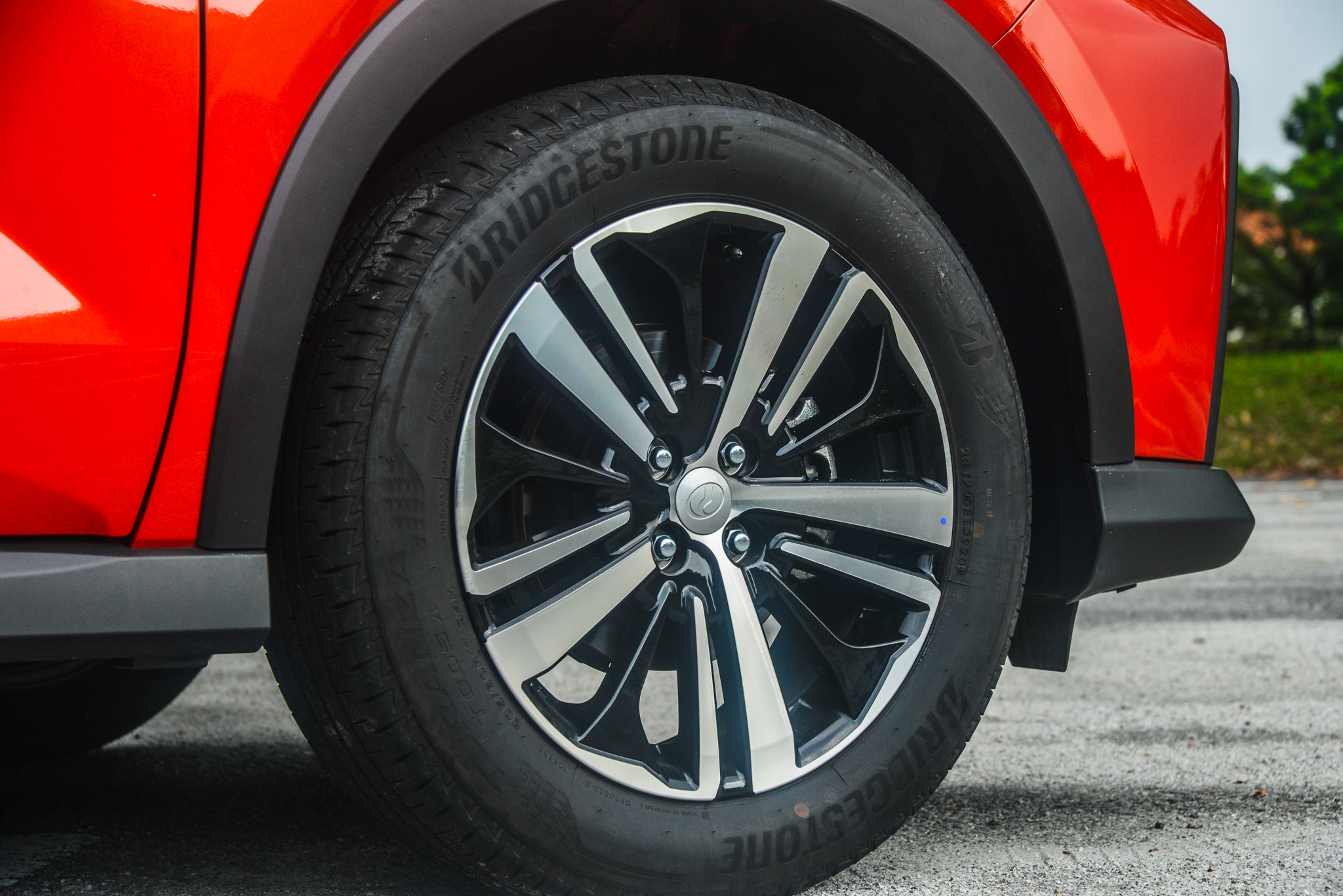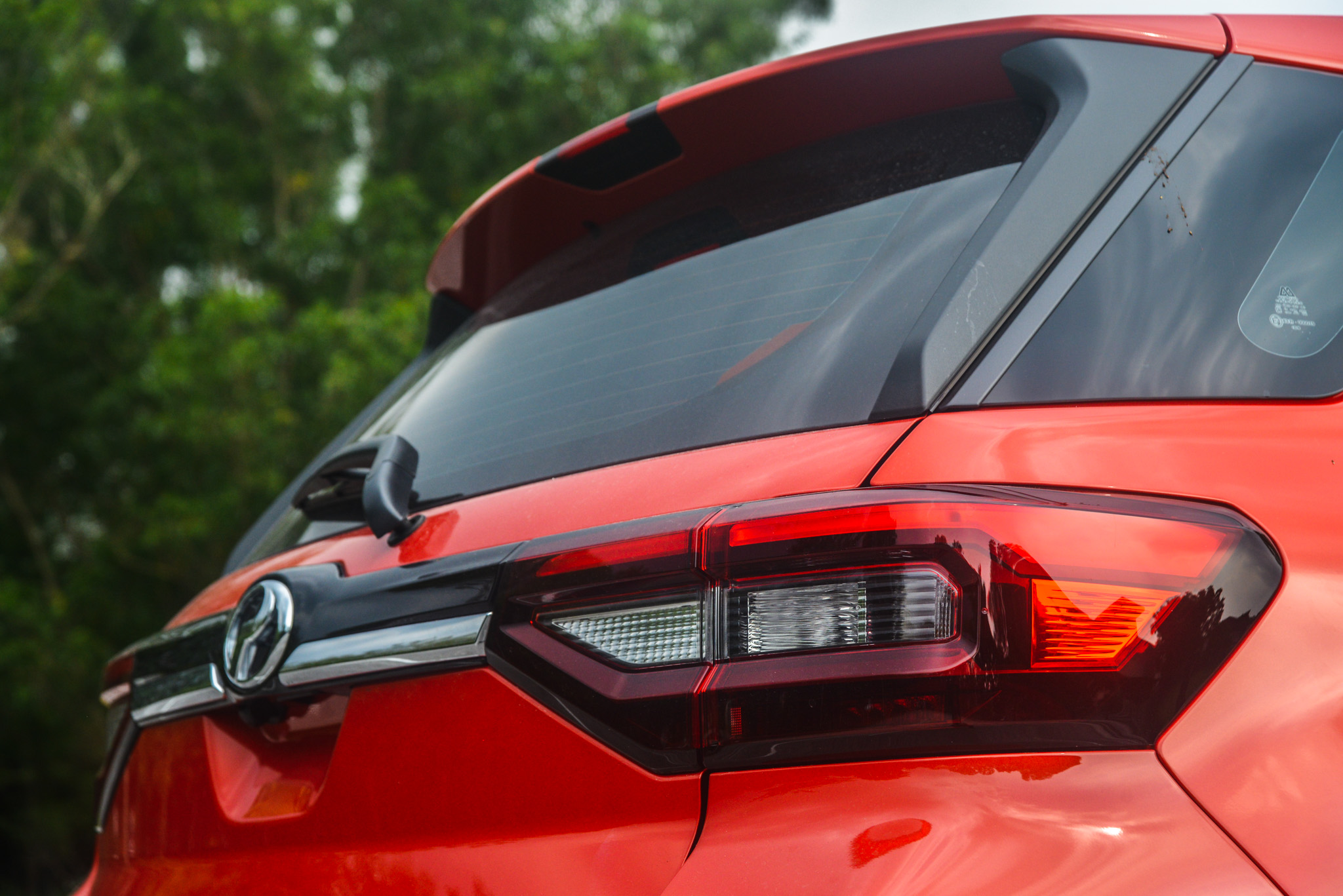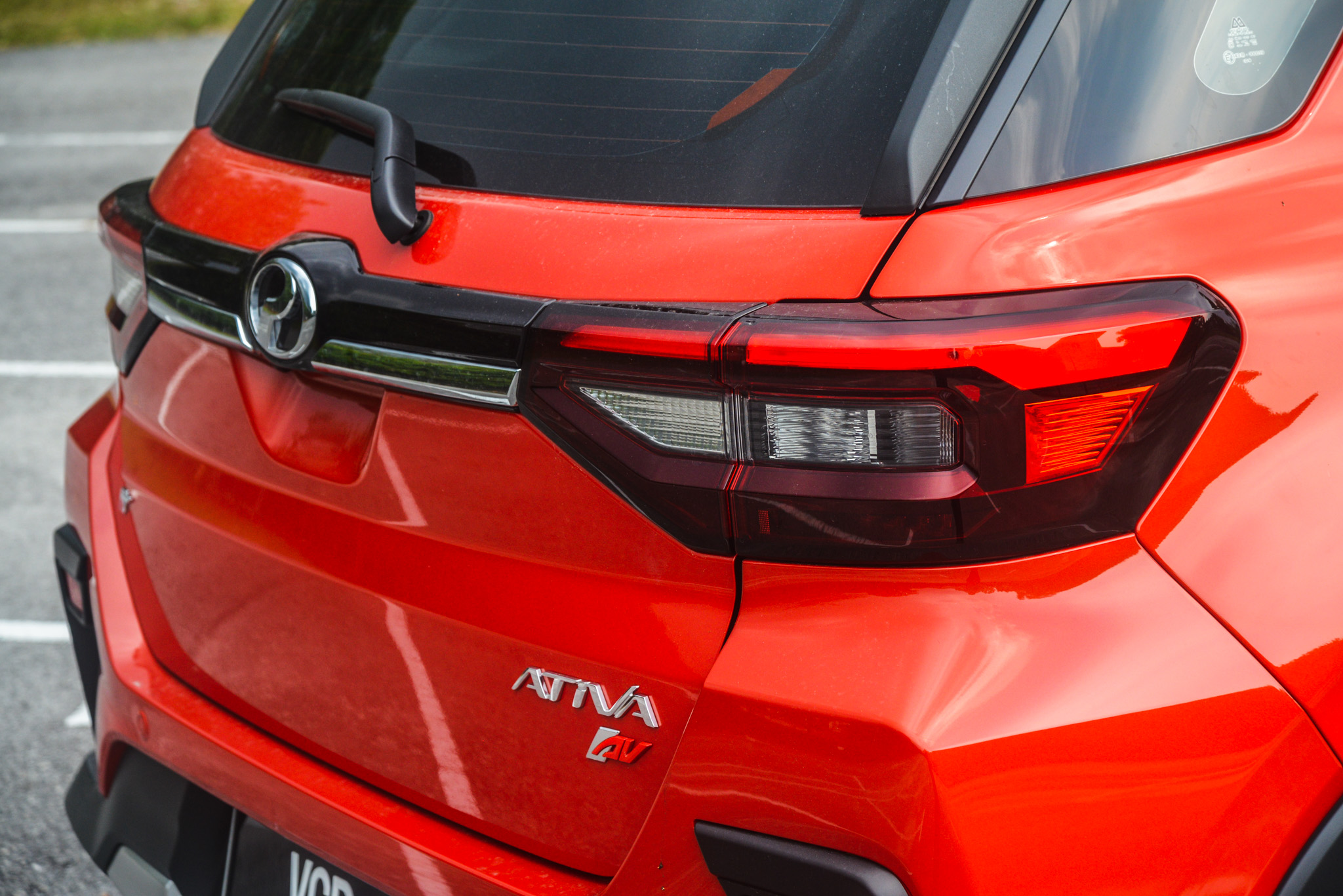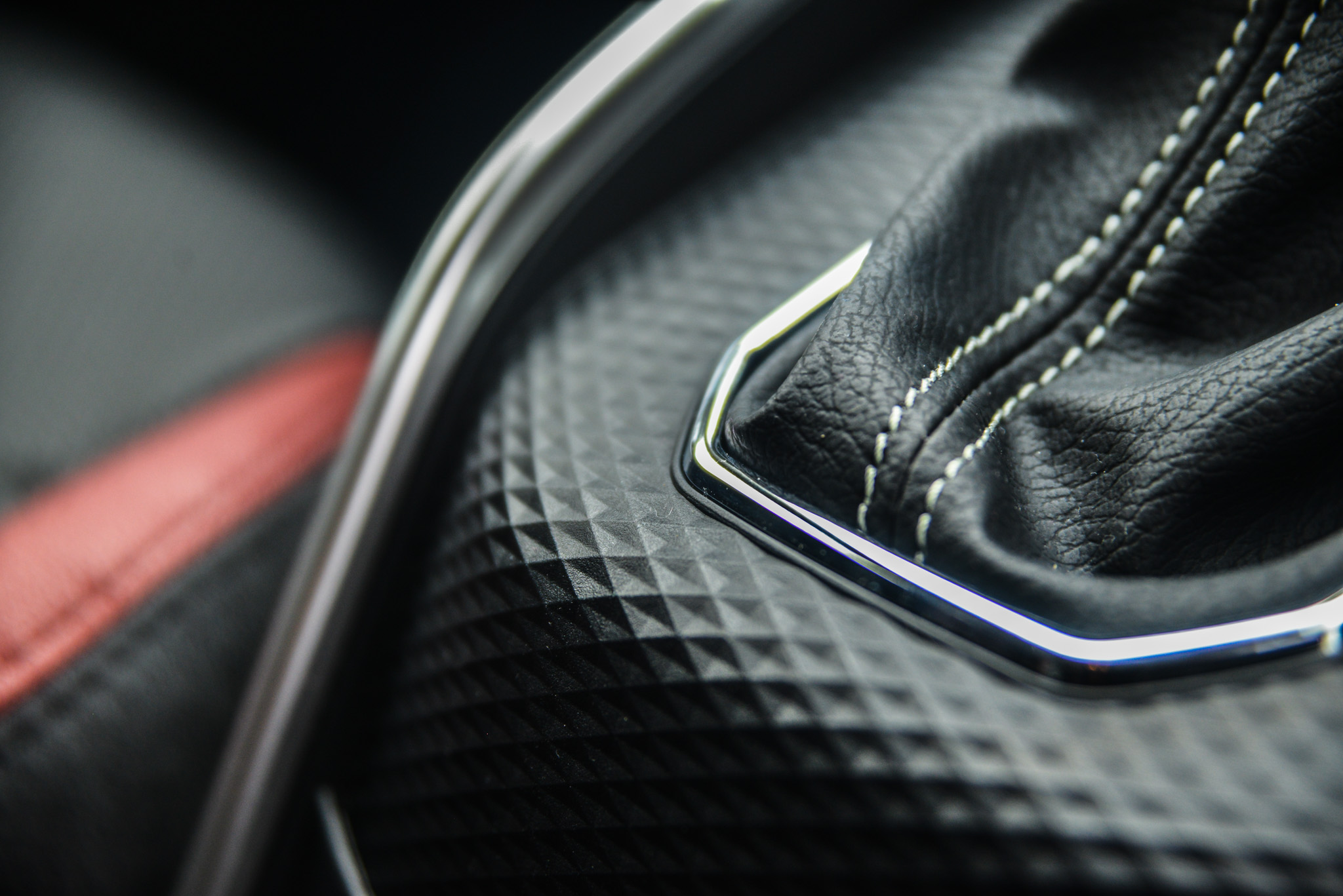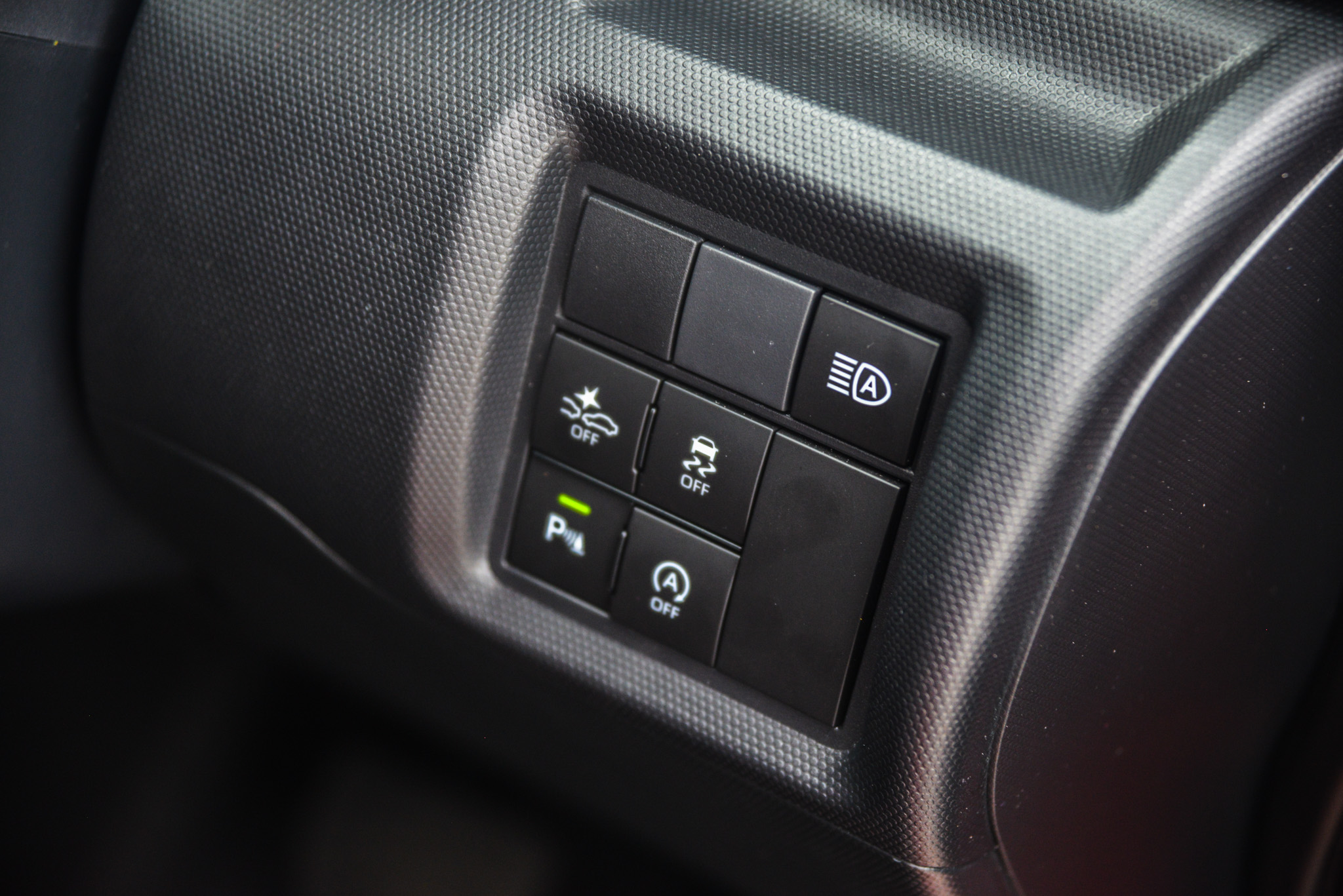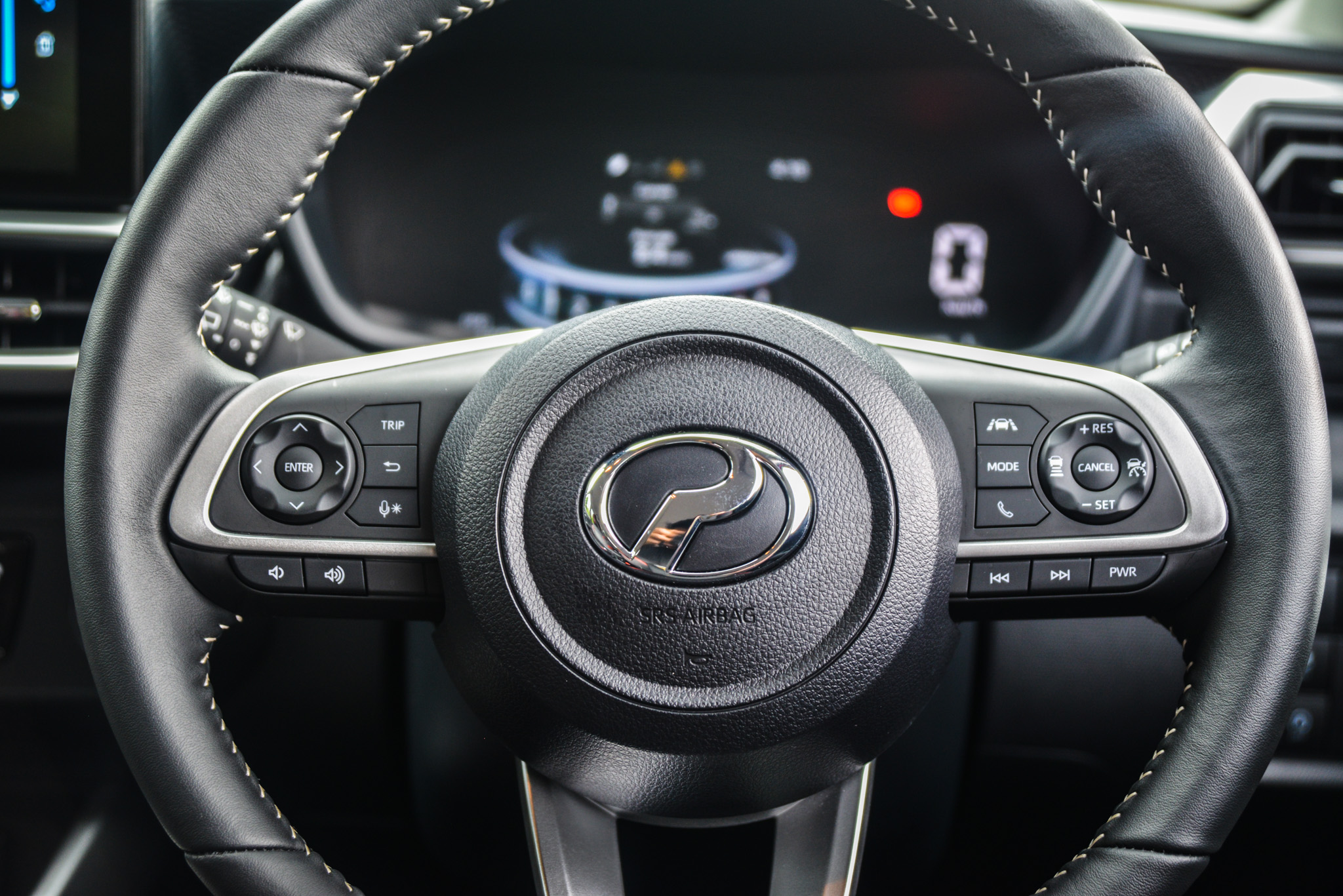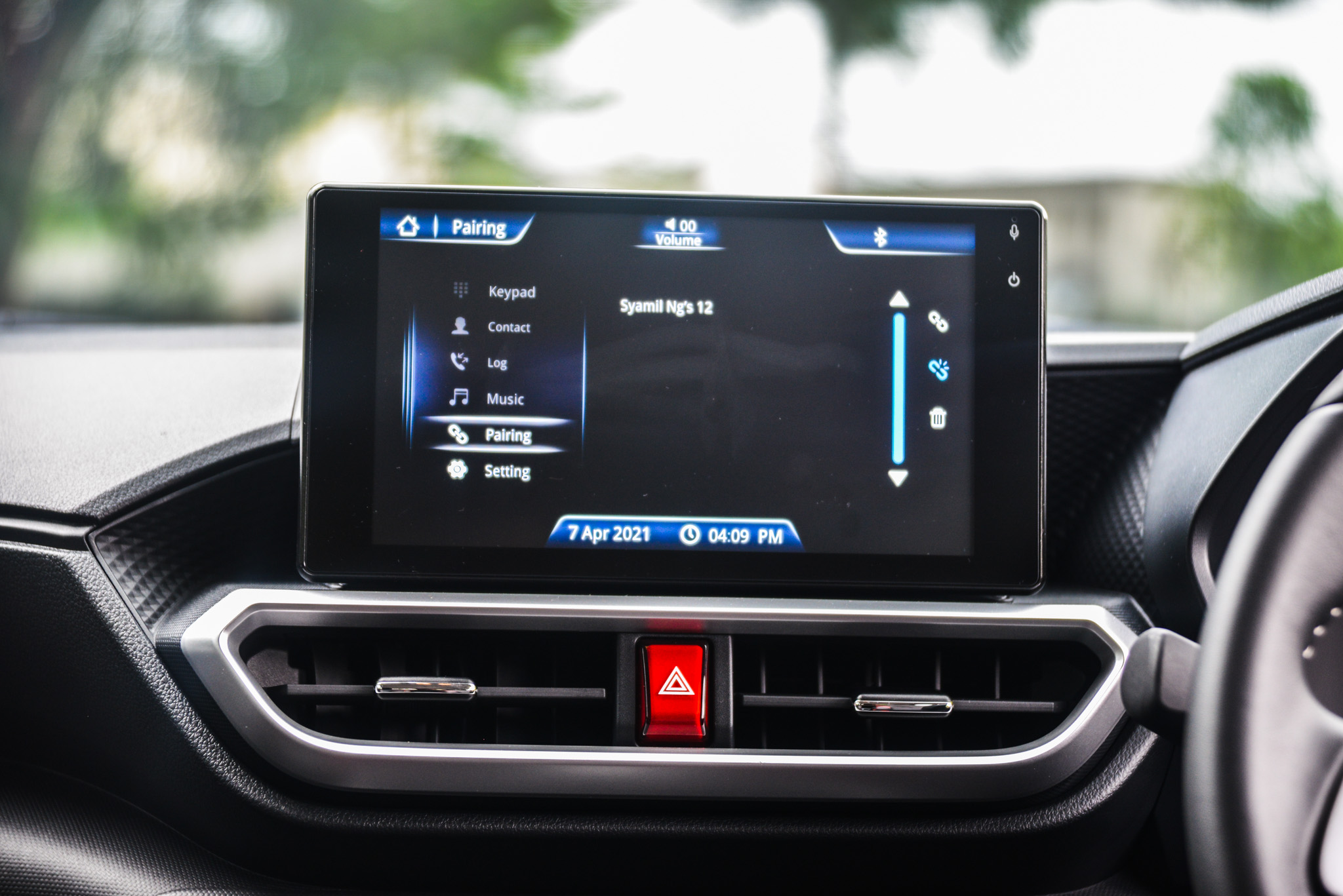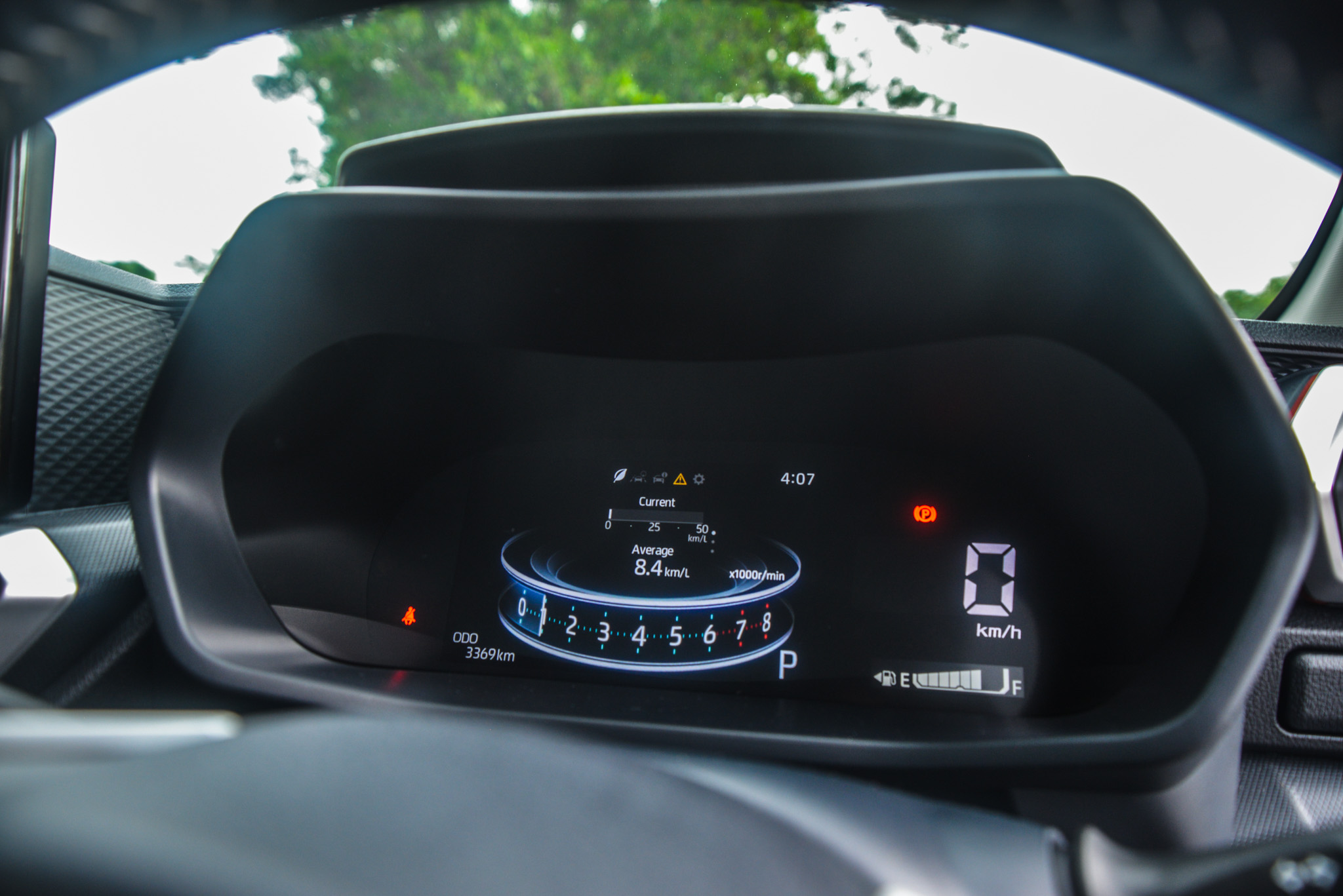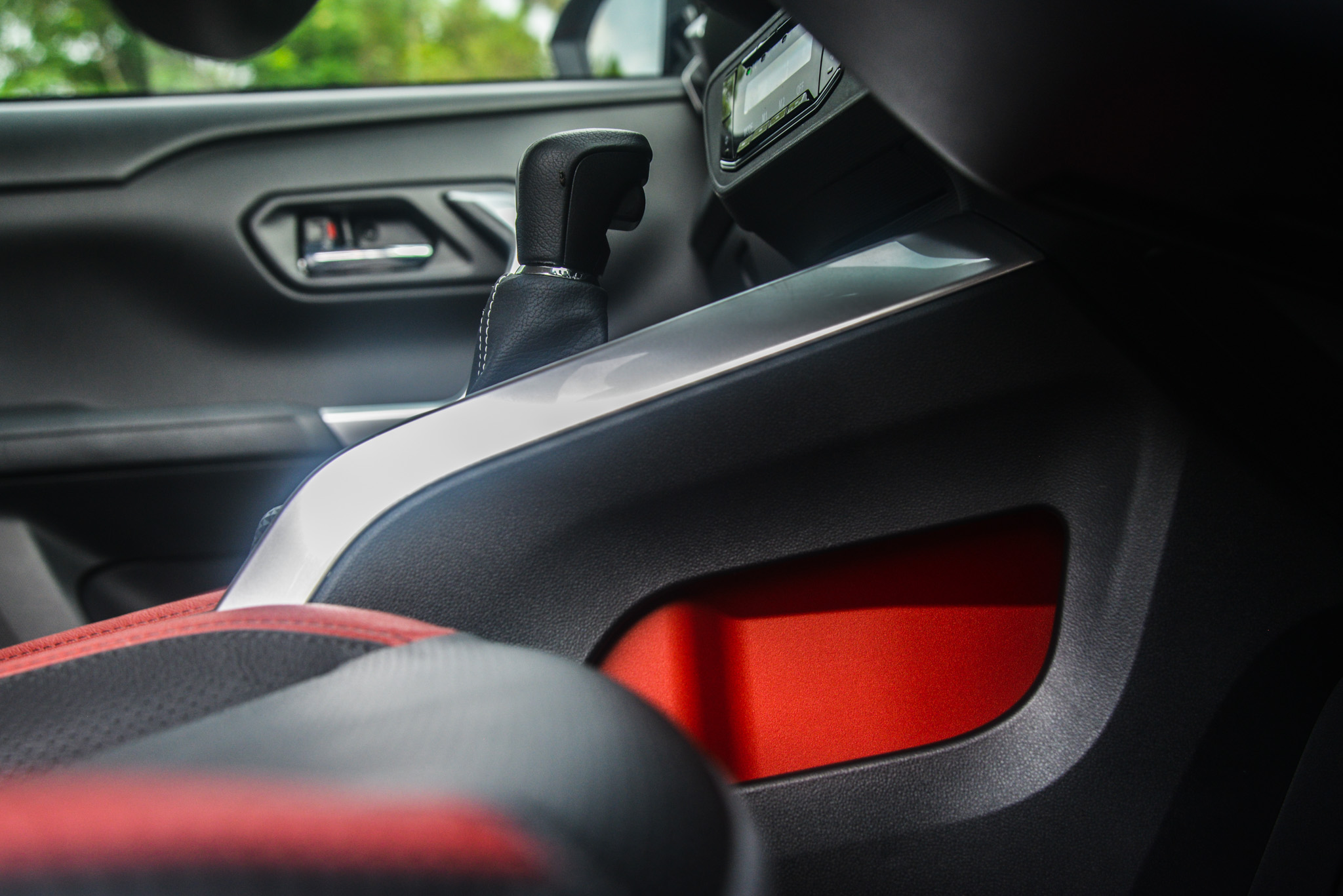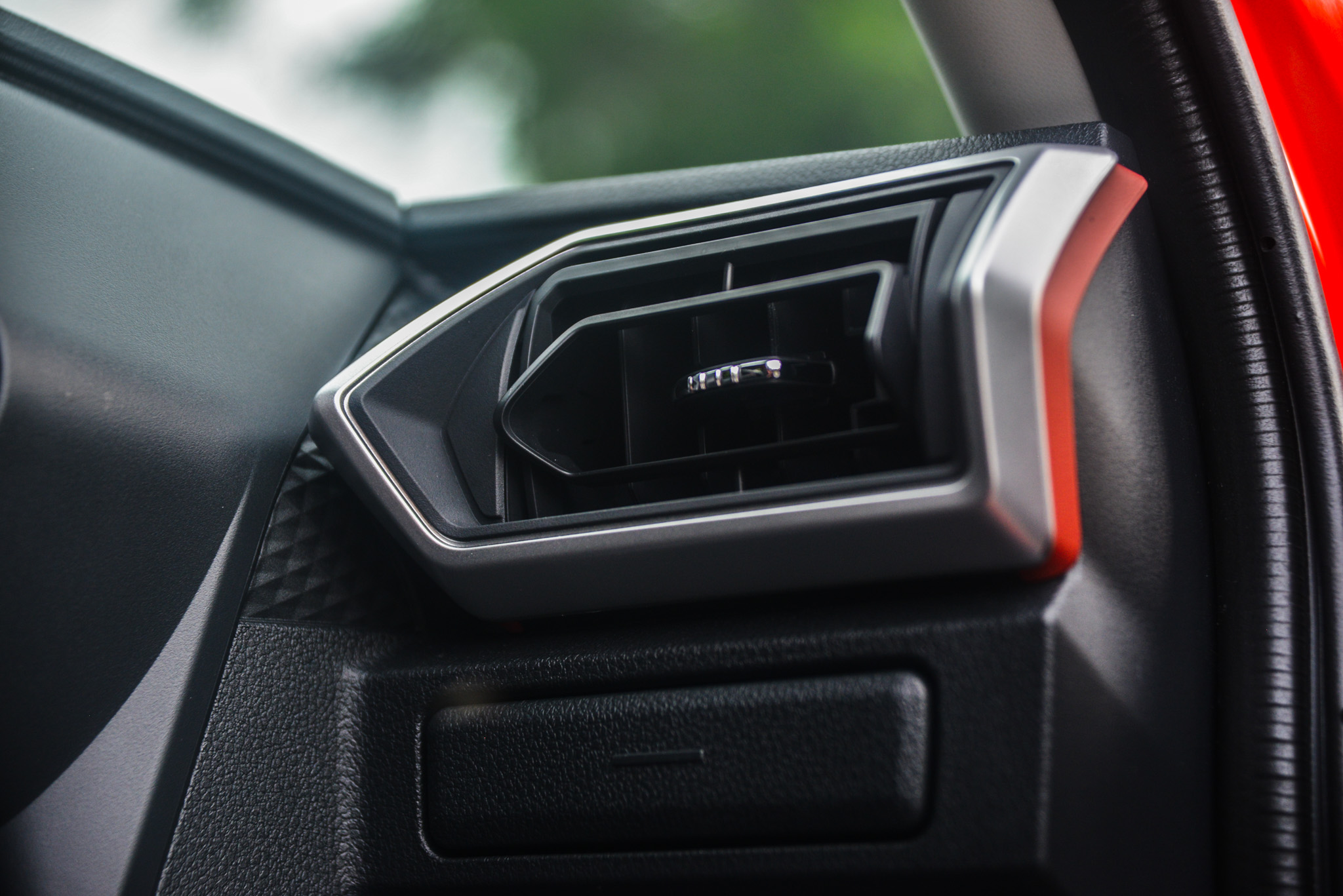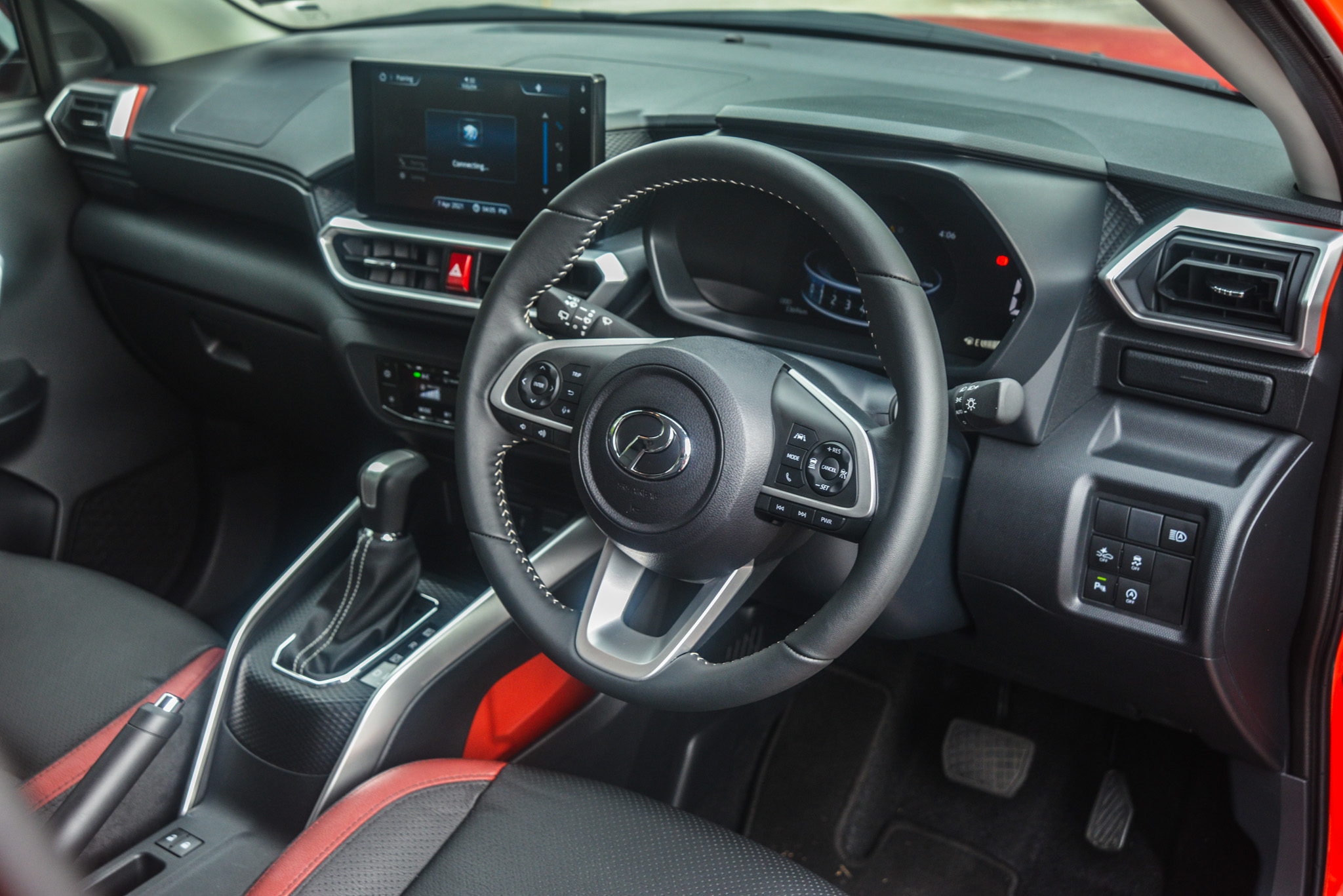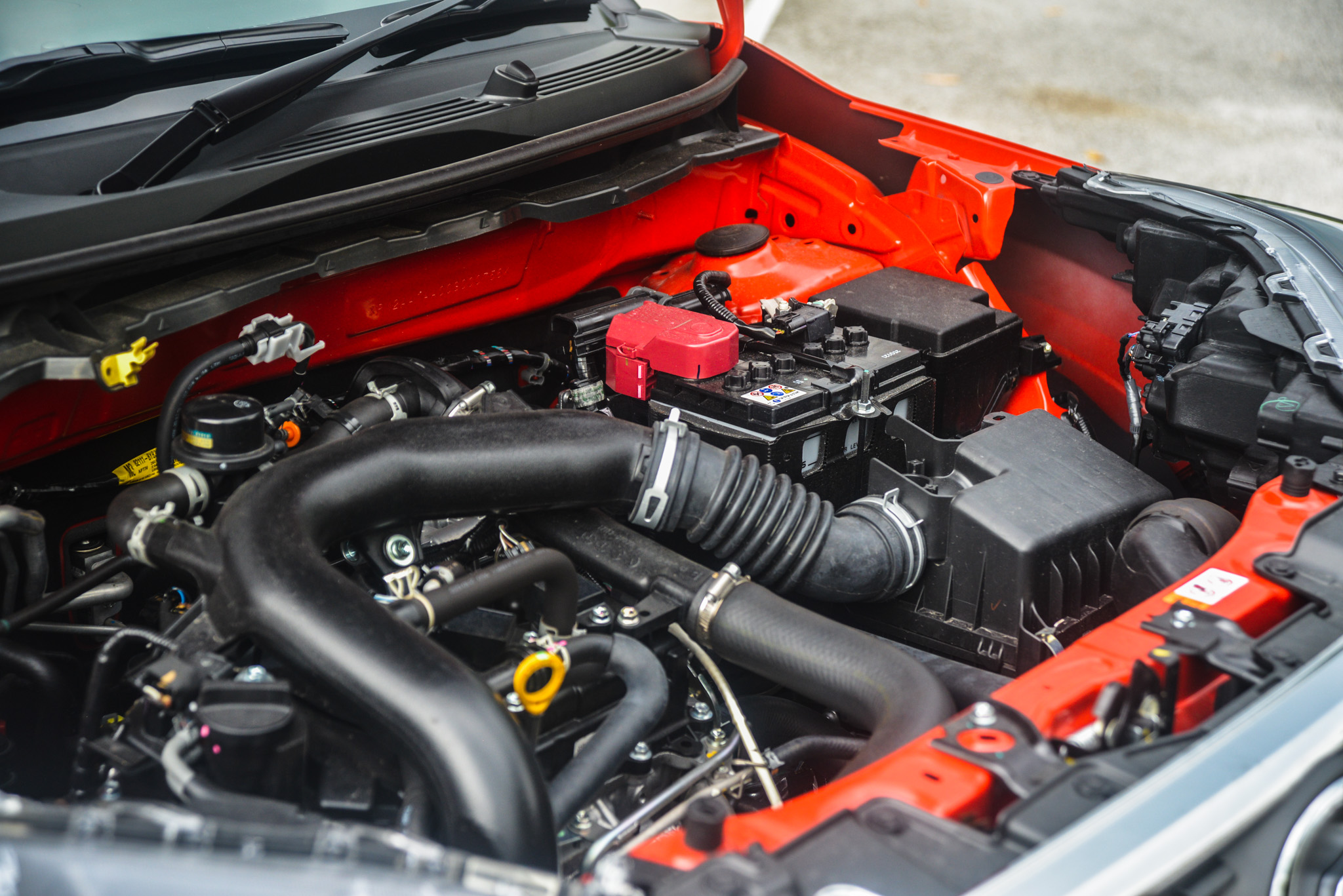2021 Perodua Ativa 1.0L AV review: Rawang’s finest hour
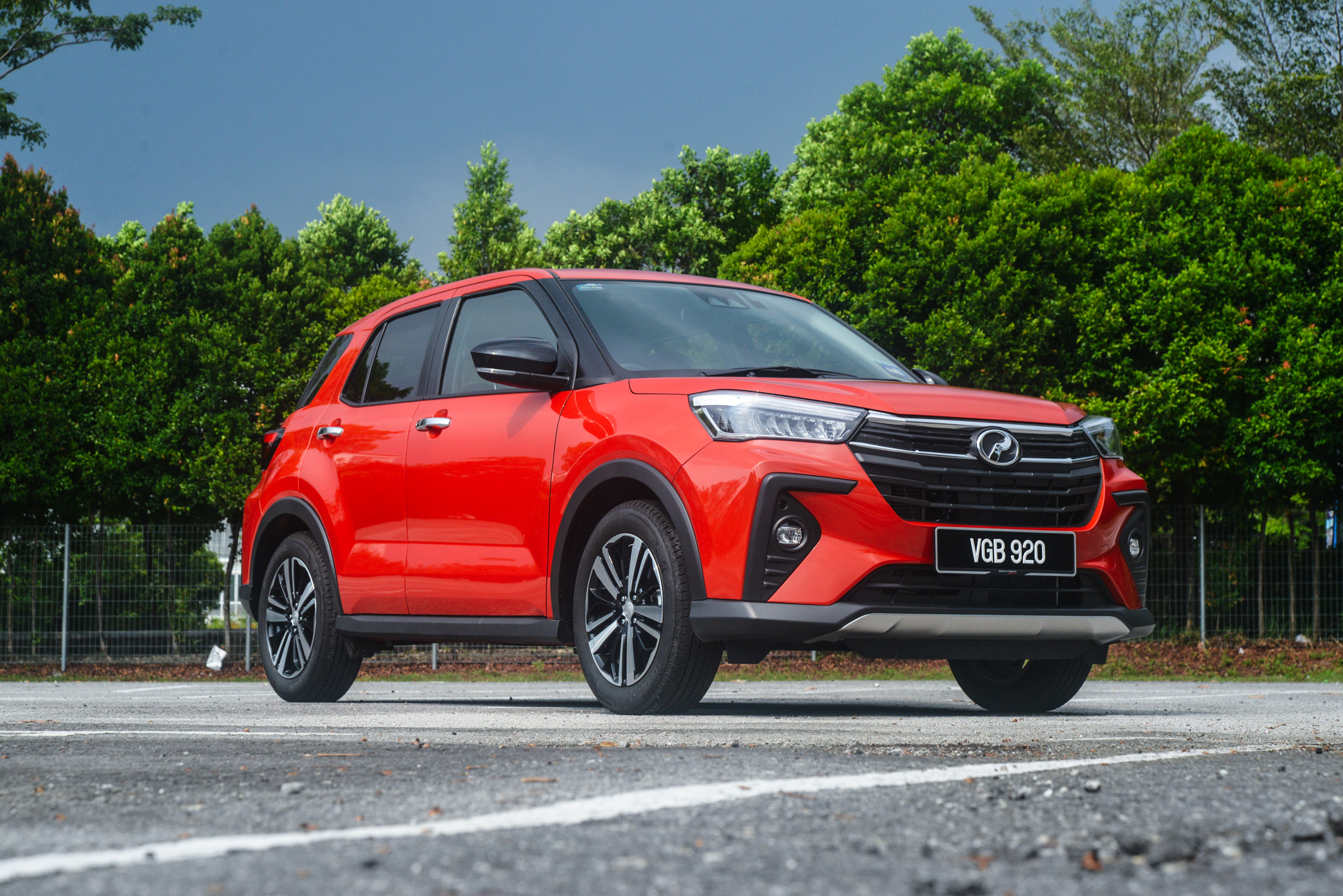
Air con sejuk beku!
That’s a line used far too liberally in car ads these days. Sure, we Malaysians like our AC and sellers want to sell. But such claims don’t always hold water (or refrigerant). The last time I felt like I was trapped in a moving freezer was in my wife’s 1995 Proton Wira before it was sold three years ago. The things you hear about old Protons and their air conditioning are often quite true. But they don’t make cars like they used to. Or at least that’s what I thought until I found myself shivering behind the wheel of the new Perodua Ativa.
Maybe it’s because the cabin is relatively compact. The weather was pretty wet and gloomy too. The combination of both meant that even the lowest settings were too chilly for me. Reaching for the ‘off’ switch reminded me that I was in a car built by the same manufacturer that saw the need to continue developing the Alza’s AC hardware and air vents for better temperature management nine years into its shelf life, such are the unique demands of Malaysian buyers. And while the Ativa is equally committed to the comfort of its occupants, it does one better than keeping things cold inside: it’s pretty cool car too.
Here’s why…
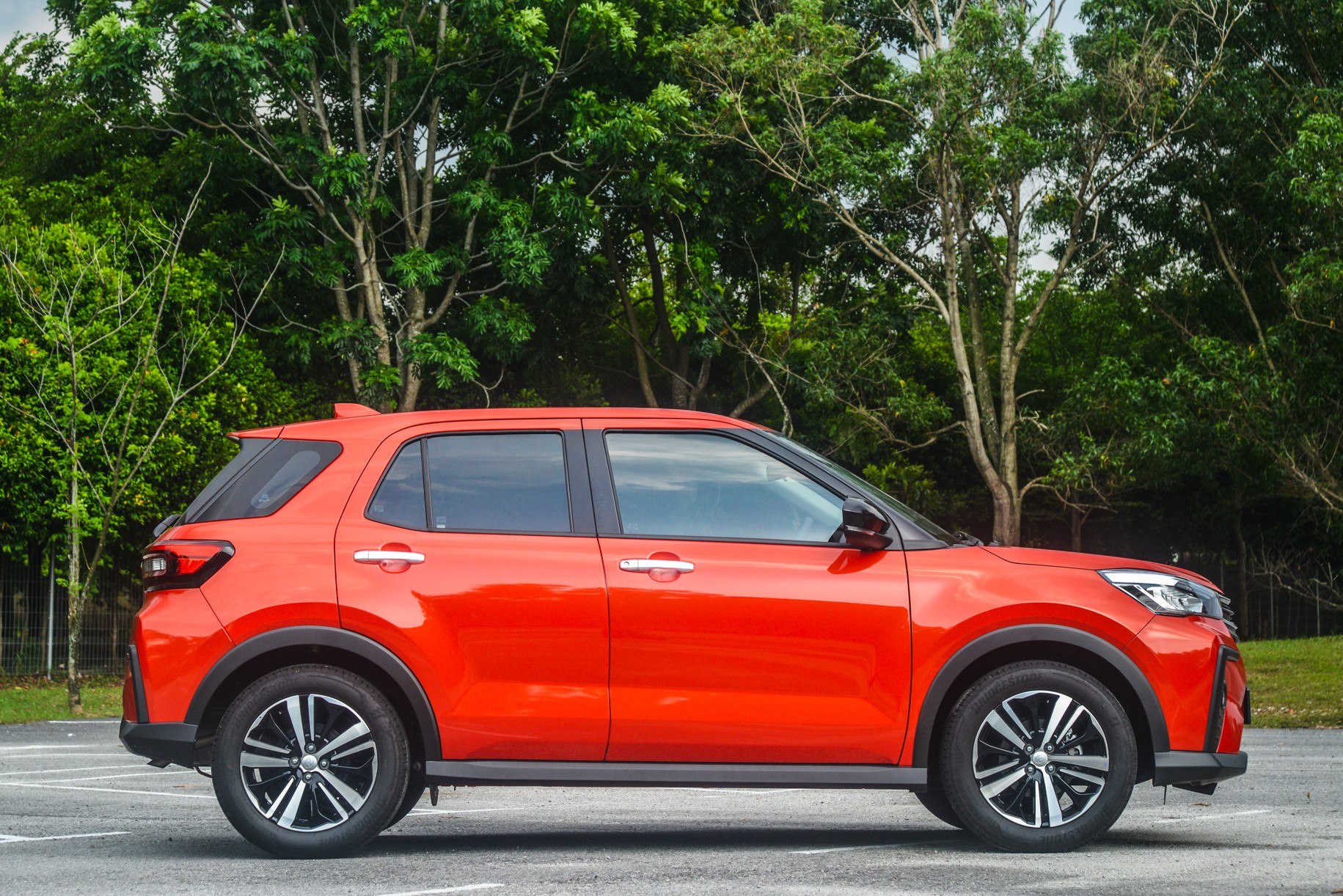
Its likeable JDM origins are pretty well preserved
One of the biggest stars of the 2019 Tokyo Motor Show for me was the Daihatsu Rocky. It didn’t even have a name at the time, but the vibe it gave was strikingly similar to that of an old Feroza belonging to a neighbour in Melaka where I grew up. There’s something about boxy dimensions on a short wheelbase built to get dirty that’s oddly appealing. And while the all-wheel drive setup that’s offered in Japan didn’t quite trickle down to the Ativa, it’s really positive to see how most of the bits that define the character of the new Rocky and Toyota Raize have been preserved despite this being Perodua’s most localised car to date at the point of market introduction.
Sure, there are some minor tweaks to the grille and bumpers to imbue the compact SUV with an identity that’s unmistakably Perodua; the company’s designers need some work to do too. But the original formula is otherwise pretty much intact, be it in the brazenly angular light clusters and interior panels, elliptical instrument cluster graphics, sportscar-like height of the gear lever or even the playfully blacked-out A-pillars.
The targeted splashes of red inside the range-topping AV variant aren’t too tacky either – they complement the ‘Delima Red’ paintjob rather nicely. The only Malaysian effort which I wasn’t particularly fond of was, rather ironically, the digital AC control panel that looks like it was lifted from the Myvi. The dials in the Ativa’s Japanese counterparts are a better fit, not that any deal was broken in replacing them. It’s hardly something to worry about considering no corners have been cut where it truly matters: under the hood.
Perodua’s first turbocharged powertrain is refreshing and doesn’t need AWD
The Ativa’s 1KR-VET engine isn’t the first to the three-cylinder turbo party; we’ve seen this architecture before in Ford Ecoboost models and more recently in the Nissan Almera. But it’s certainly one of the more refined three bangers to roll out of Rawang. It’s refreshingly energetic for something with only 98hp and 140Nm of torque at its disposal. Maximum twist doesn’t gush in particularly early but is widely accessible from 2,400 to 4,000rpm. And you’ll have absolutely no problem getting a ticket behind the wheel of this compact SUV, such is the way it gravitates towards highway speeds.
After all, the Ativa tips the scale at only 1,035kg despite packing as much safety hardware as a sub-RM100k car can possibly stock up on (more on that later). That’s a mere 20kg more than a fully-loaded Myvi 1.5L AV. Do the math and you’ll find that its specific output of 95hp per tonne even trumps that of some bigger and more established SUVs such as the Nissan X-Trail 2.0L 2WD, which somehow makes do with just 92hp per tonne. Going AWD would’ve put a dent in that weight advantage. And with the way the Ativa is currently set up, ‘underpowered’ just isn’t an applicable adjective on this occasion. Not if you drive it within reason anyway.
In day-to-day situations, Perodua’s first ever force-inducted mill feels nicely composed on the move and so does its first CVT, or ‘Dual Mode CVT (D-CVT)’ to be specific. There’s no beating around the bush with virtual ratios or paddle shifters here, just a seamless transmission with a neat trick up its sleeve. Unlike conventional belt-driven CVTs, the Ativa’s D-CVT has a physical gearset which takes over power delivery duties at higher loads. We’ll explain how this works in more detail in a separate story. For now, all there is to know is that the transmission doesn’t really drone as most CVTs would when stressed, which adds to how well the car behaves on the move.
Ultimately, pint-sized turbos and CVTs only come together when there’s the issue of fuel economy to tackle. To that end, the Ativa is expectedly efficient, with a claimed average of 18.9km per litre (5.3l/100km). We managed about 14km per litre (7.1l/100km) on mixed driving conditions, which is still a pretty good return in the real world.

You don’t need to be a stickler for economy to appreciate the way it drives
The Ativa’s Daihatsu New Global Architecture (DNGA) underpinnings are relatively fresh and pretty sophisticated for what the car is worth. Engineered from the ground up to accommodate electrification and AWD powertrains, it is easily the brand’s most advanced platform to date and it shows on the road, particularly in the NVH department. The bulk of the noise and vibrations that make their way into the cabin seem to come from the engine bay, but even those are easy to live with. If anything, the biggest acoustic infringement I can think of is the ghastly rattle the doors make when swung shut with the windows down.
Despite being 120mm taller than the Myvi, with 200mm of ground clearance to boot, the Ativa does a good job of staying planted when accelerating in a straight line. There’s a need for that directional emphasis because things can get jittery once you throw some steering action into a high-speed equation, such are the limitations of a tall-ish car with a short wheelbase. That said, the ride is pretty well damped all things considered, with my only complaint being a touch of stiffness in the rear that really comes through on bumpy roads.
Beyond these basics, the Ativa also deserves plaudits for integrating its modern features and driver aids seamlessly into the overall driving experience. The Eco Idle stop-start function, for one, is smoother than many foreign makes. The lane keep assist feels natural and not overly intrusive while the alerts provided by the car’s host of sensors and cameras are more eye-opening than they are startling. That you get these and more advanced technologies such as adaptive cruise control and auto high beam at this price point is already a massive accomplishment. But Perodua’s real victory here is how well it hides any confusion and complication to truly boost confidence behind the wheel.
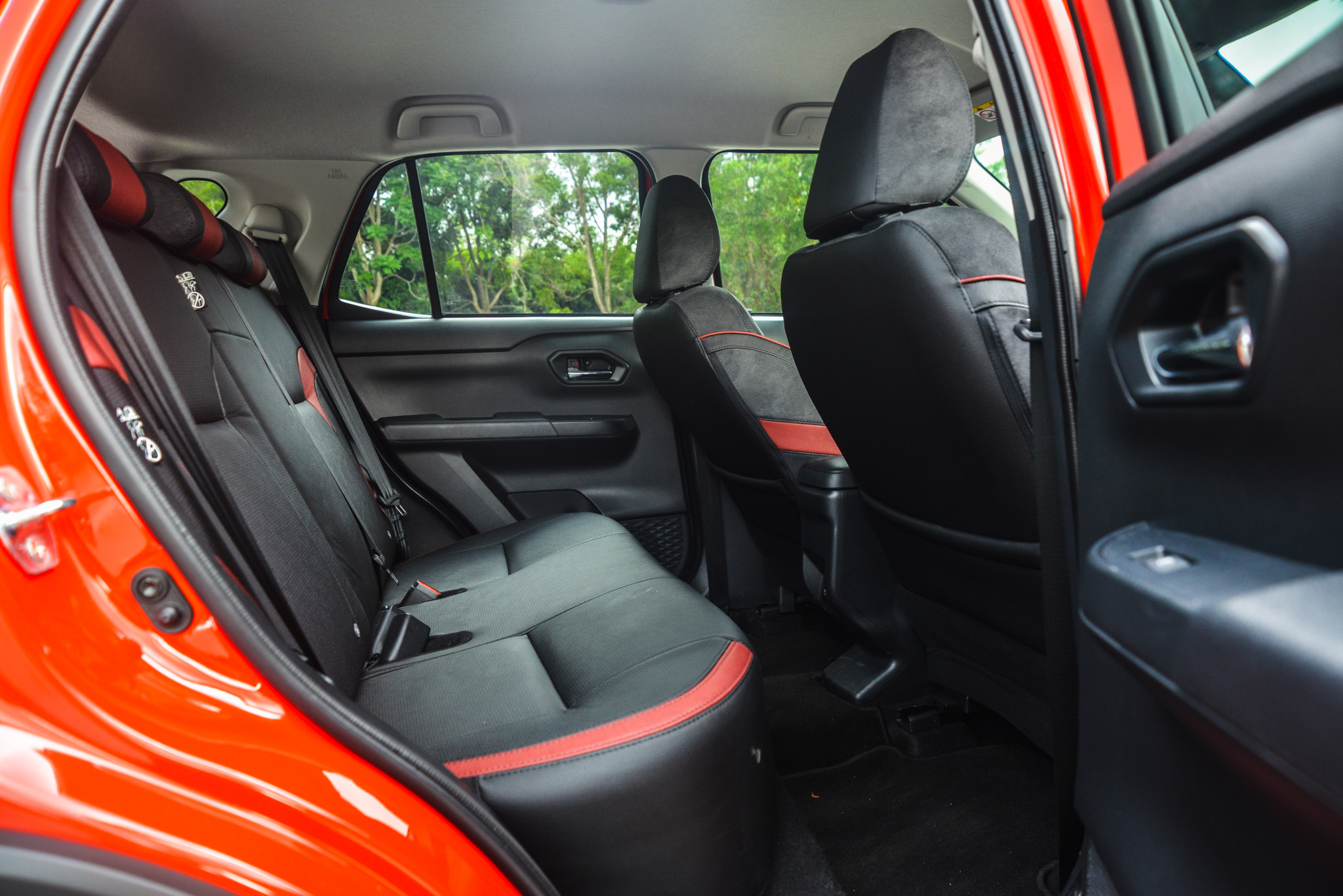
Practicality doesn’t only come in XL
Measuring 4,065mm long and 1,710mm wide, the Ativa’s footprint is much more compact than its SUV styling suggests. It’s only marginally longer than the Myvi, and a touch narrower too. Yet, it has one of the most practical boots we’ve seen in this size category, and even that’s customisable to two different floor levels.
In its raised position which aligns with the rear seats (when folded) for easier loading and unloading, the Ativa offers 303 litres of luggage space – 26 litres more than you get in a Myvi. The floor panel can be dropped a notch to uncover an additional 56 litres of stowage. And there’ll still be enough room underneath for a full-sized 17-inch spare wheel.
My only gripe about the boot is the collapsible tonneau cover, which is a novel idea that feels impossibly cheap and flimsy in practice.
Some have also complained about a space deficit in the Ativa’s cabin when compared against the Myvi’s. While a measuring tape might validate the argument, I don’t see a need for more room in the same way I do not assume that a 63-numbered AMG powered by a four-litre V8 is superior to a BMW M car strapped with a three-litre straight six engine. It’s spacious enough as it is, and there’s a fun mix of storage compartments, cupholders and even charging ports laid all around the interior. Perodua knows practicality like Charli D’Amelio knows TikTok. So, let’s just leave it at that.
Verdict – value prevails again, this time with character
As I said before, I was already a fan of the car in its Daihatsu persona after seeing it in the metal nearly two years ago. Hopping into the Ativa for the first time made me feel like I was having a drink with a celebrity – this will probably go down as the most popular car in Malaysia of 2021 after all is said and done. And despite spending four days with it, an hour at the wheel was all it took to glue me in a position that made me struggle to think of any other alternative that could match the Perodua’s calculated blend of performance, practicality and charisma at its immensely competitive price point (RM62k-RM72k).
It's an impressive balancing act coming from a brand that has been synonymous with value for much of its history. There's usually little room left for clever powertrains and cheeky styling with the way Perodua equips and positions its products for the masses. But the Ativa proves that Venn diagrams can be redrawn. And for all its quirks and shortcomings, it's easily the most likeable car I've ever driven on this side of the Malaysian car divide since the Kelisa; a solid eight out of 10.

